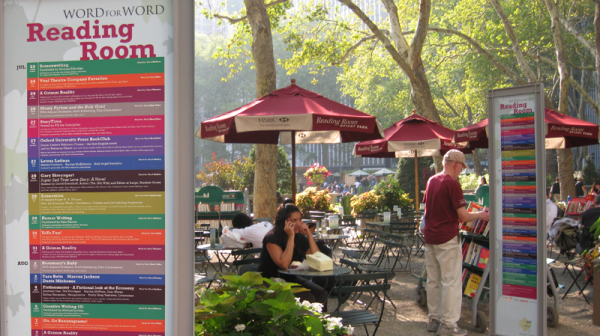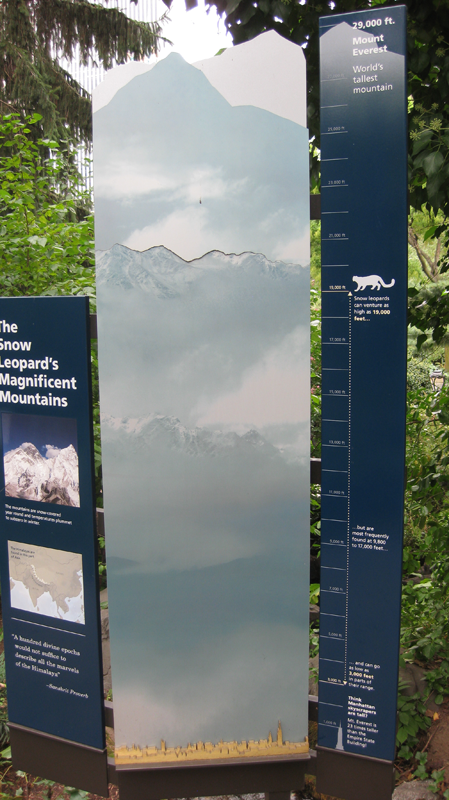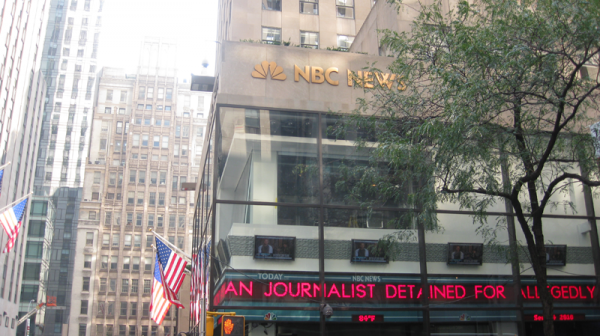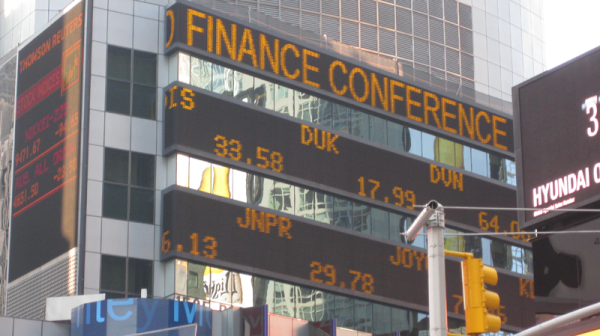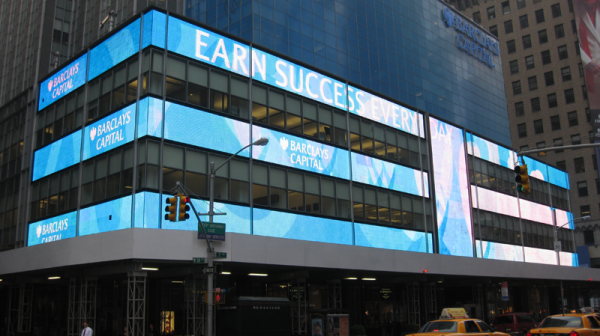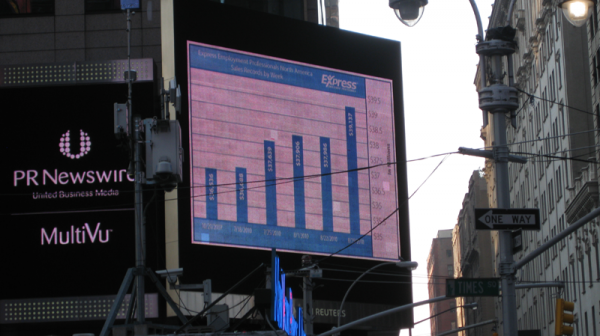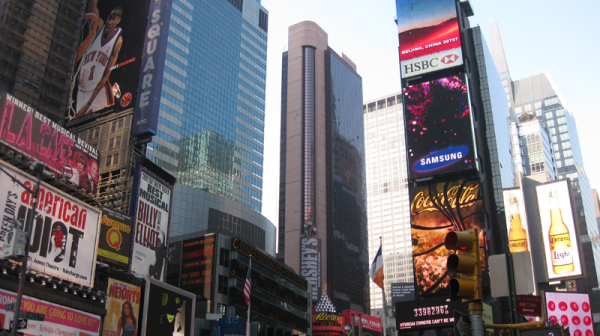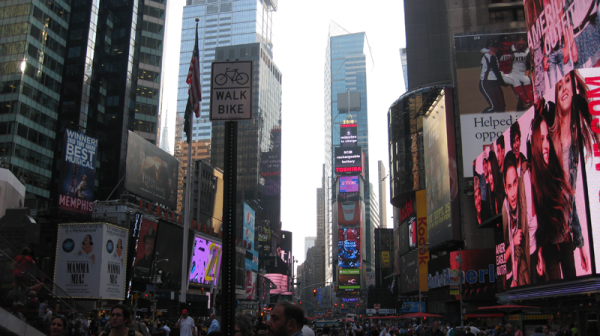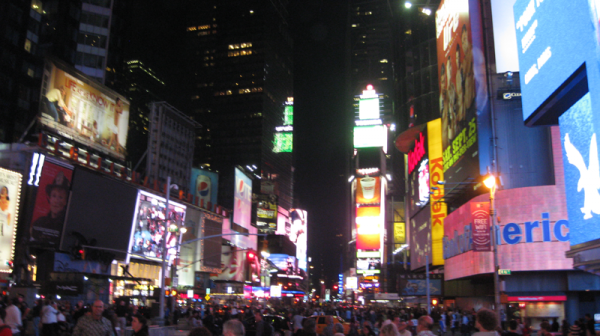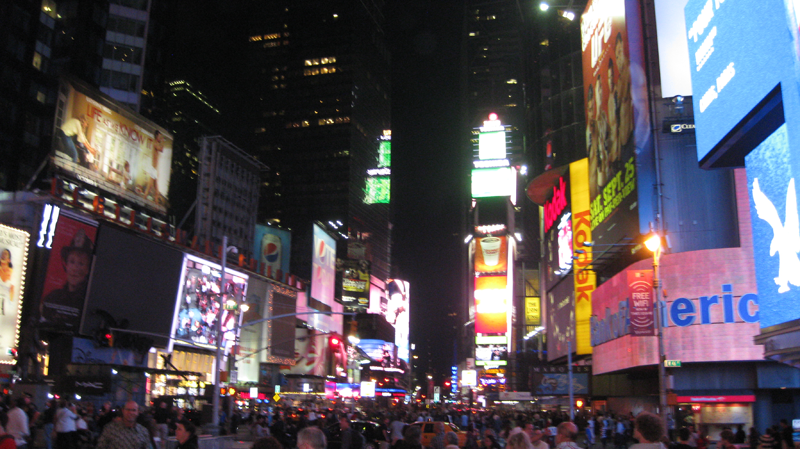“You must come round and look at my holiday photos” is a phrase that sends shivers down most spines, mine included. Nevertheless, I wanted to share some photos of my experiences as a tourist in New York last week, particularly from an information design perspective. Here is a collection of the various snaps I took (and one substitute due to poor photography skills) covering a range of different situations.
Wayfinding
The very first task facing any visitor to New York is the challenge of getting to grips with the geography of the place and the public transport systems. I found the subway less intuitive and slightly more frustrating than any other major city’s underground network I’ve experienced. Initially I blamed this on the subway map, becoming annoyed by the amount of information I needed to process at each station in order to assess my routes. However, I soon realised that the map itself is actually a clear and effective display, its just that underlying this is a fairly complex network of different lines, routes, part-time stations and single direction journeys. This highlights two key issues:
- You shouldn’t make an assessment about the quality of an information design based on the immediacy with which you interpret its contents, somethings deserve/require prolonged engagement before proper understanding can be achieved
- An information design can only be as simple as the underlying context and purpose allows it. Some designs are deliberately aimed at simplifying or reducing a complex system (such as a street map or shop floor plan), for others (like a subway map or railway station display) the purpose is to optimise clarity whilst maintaining and accepting underlying complexity.
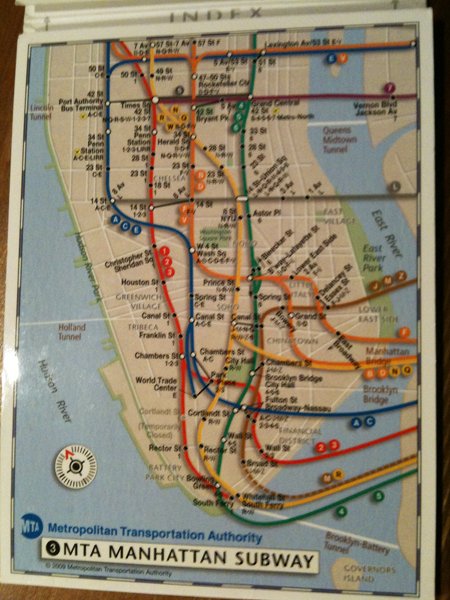
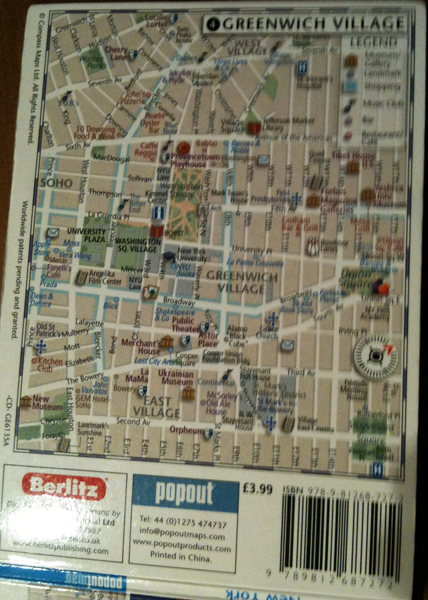
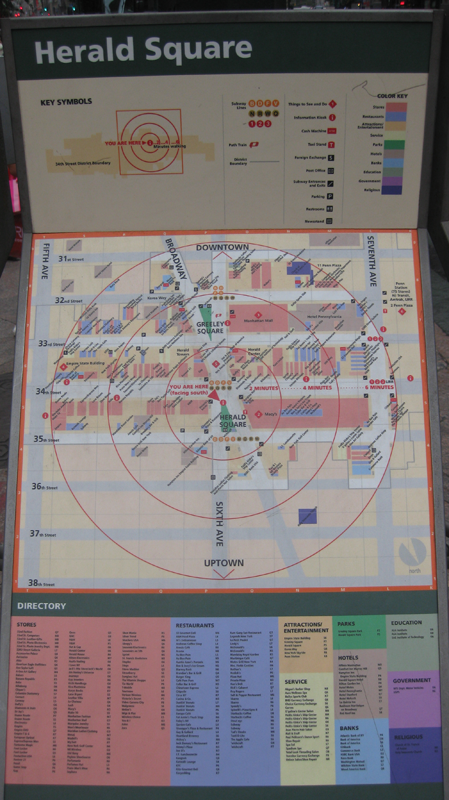
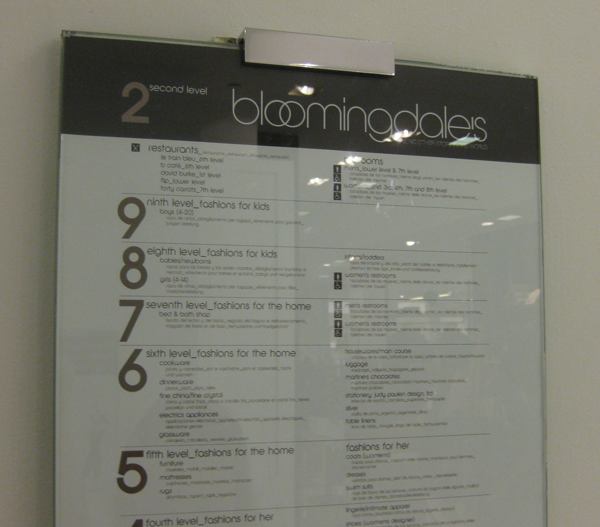
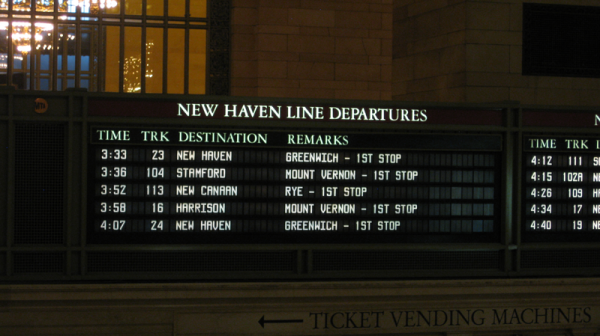
Exhibits – MoMA
It was wonderful to see a visualisation collection at the Museum of Modern Art. As far as I could gather, the Design and the Elastic Mind exhibition has been a permanent fixture at MoMA since 2008 and is described as follows:
Design and the Elastic Mind explores the reciprocal relationship between science and design in the contemporary world by bringing together design objects and concepts that marry the most advanced scientific research with attentive consideration of human limitations, habits, and aspirations. The exhibition highlights designers’ ability to grasp momentous changes in technology, science, and history—changes that demand or reflect major adjustments in human behavior—and translate them into objects that people can actually understand and use.
From July 24th 2011 a new exhibition Talk to Me will also be in place to demonstrate the communication between people and objects featuring a “wide range of objects from all over the world, from interfaces and products to diagrams, visualizations, perhaps even vehicles and furniture, by bona-fide designers, students, scientists, all designed in the past few years or currently under development”
.
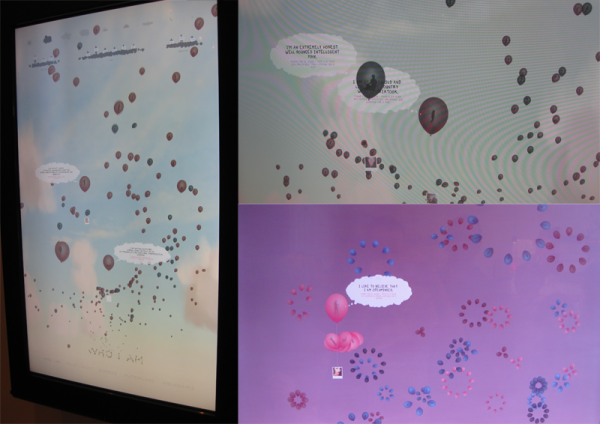
‘I Want You To Want Me‘, Jonathan Harris & Sep Kamvar
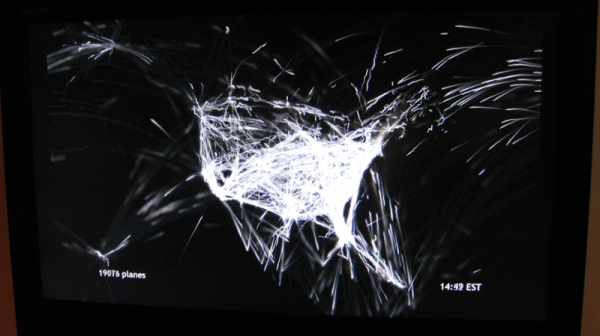
‘Flight Patterns‘, Aaron Koblin
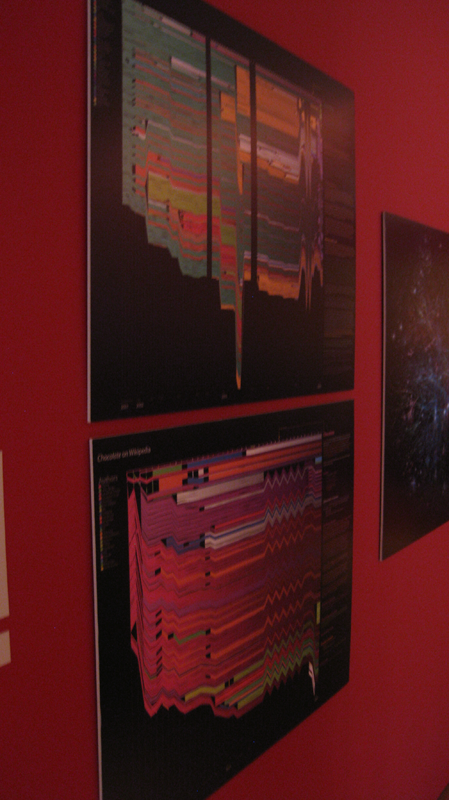
‘History Flow‘, Fernanda Viégas and Martin Wattenberg
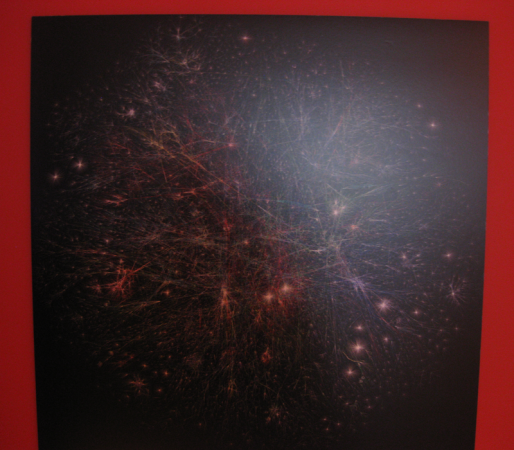
‘Mapping the Internet‘, Barrett Lyon
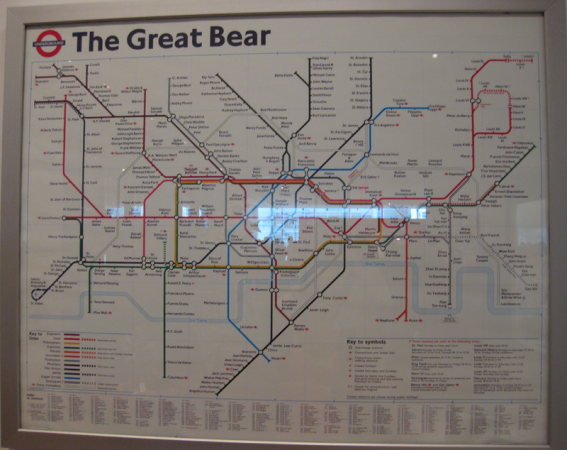
‘The Great Bear‘, Simon Patterson
“Cabspotting Flow: New Years Eve 2007“, Stamen Design, Scott Snibbe and Amy Balkin
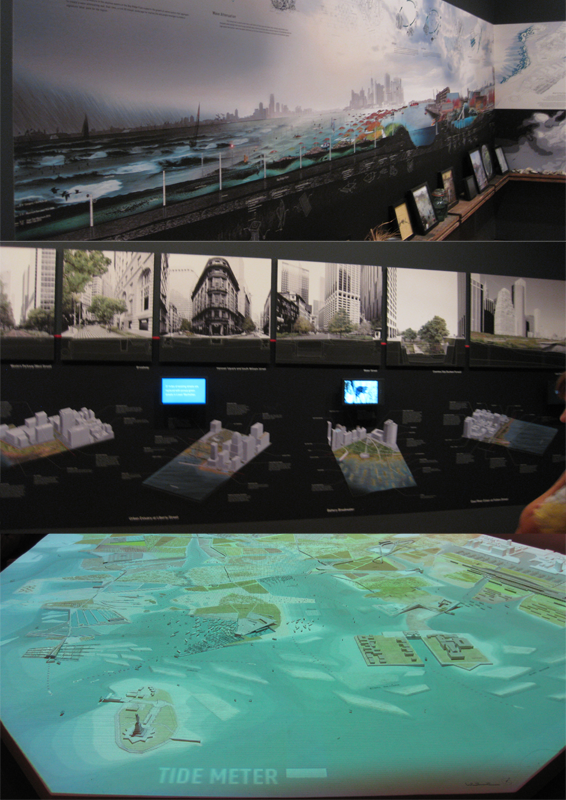
‘Rising Currents’ – A major initiative organized by The Museum of Modern Art and P.S.1 Contemporary Art Center to propose solutions for the effects of climate change on New York‘s waterfronts. (YouTube film not publically available)
Exhibits – Ellis Island
One of the most unexpected gems on our visit to NY was the series of physical visualisation displays on show at the Ellis Island museum helping visitors to understand some of the fascinating, sad and uplifting aspects of the history of immigration to the US. Some of them were slightly flawed in design principle terms, particularly the plot of male and female age groups and the changing dimension of human-like figures. However, it does reinforce the importance of appeal and engagement aesthetic qualities achieve in commanding attention from visitors. On paper or screen, some of these may not work, but as a physical entity you can immerse yourself in discovering stories from all angles.
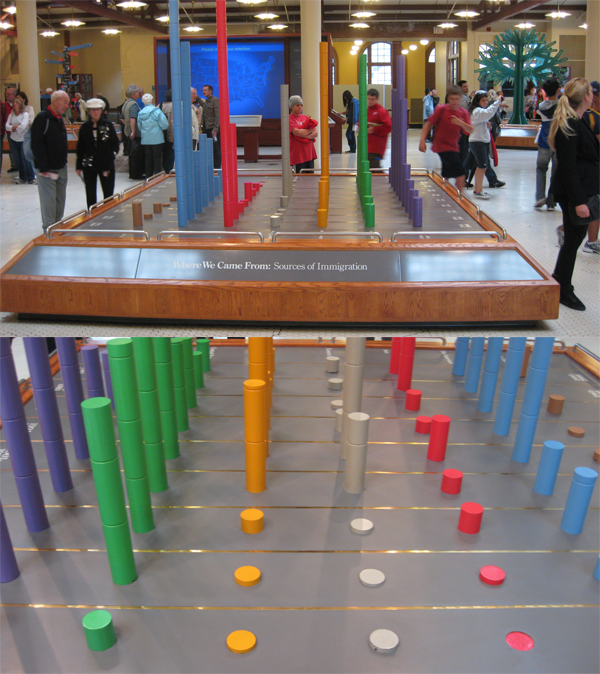
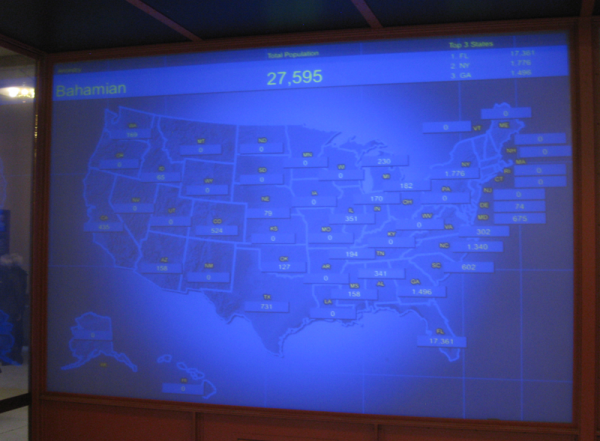
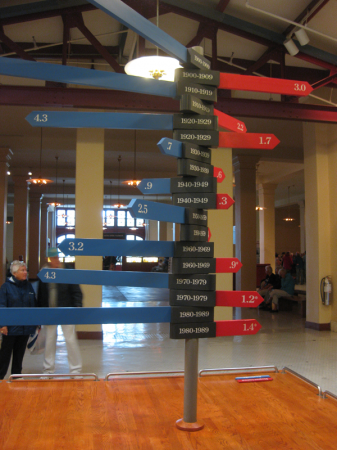
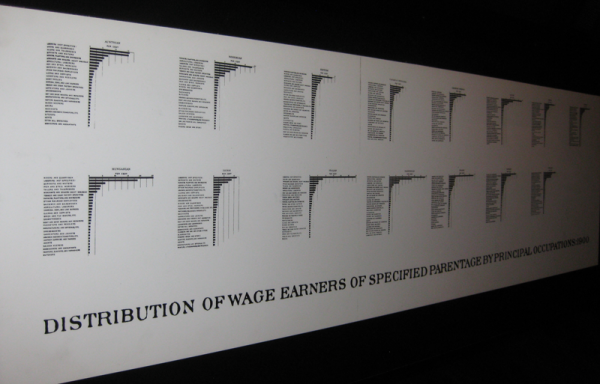
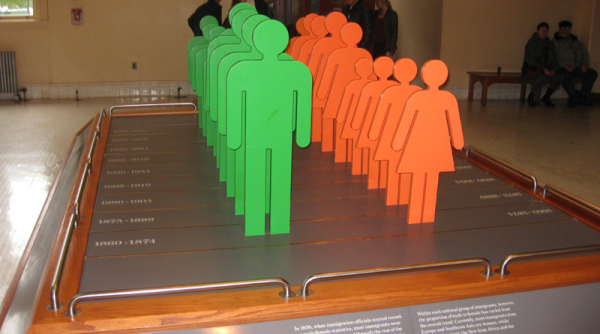
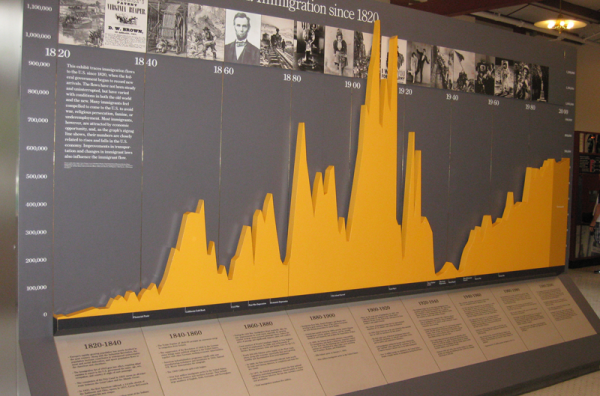
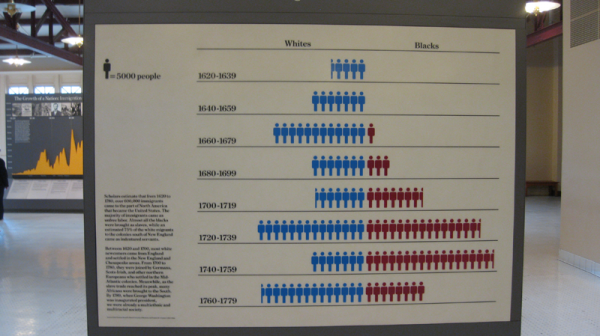
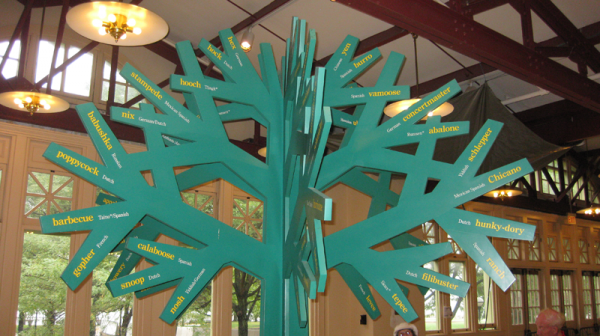
Other Exhibits
The importance of innovative displays to present complex stories was a common theme at each major sight we visited, be it museum, gallery or landmark.
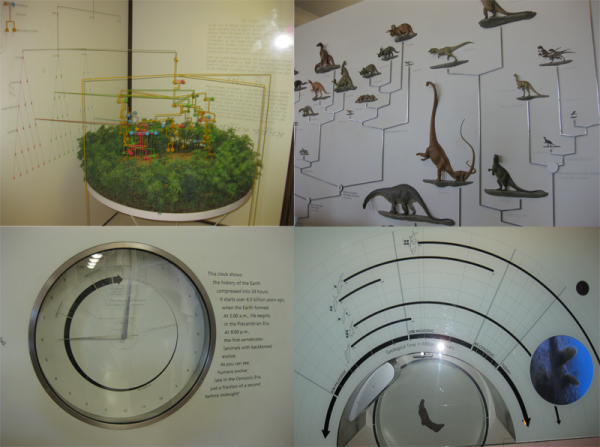
Examples from the American Museum of Natural History
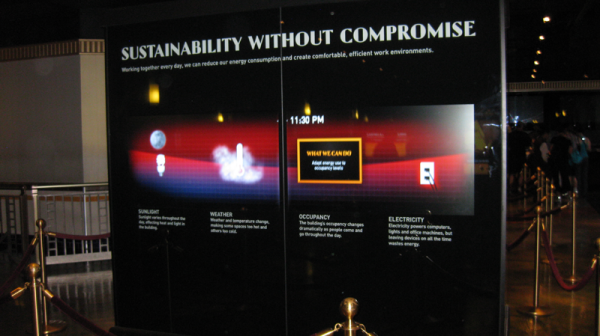
The Empire State Building
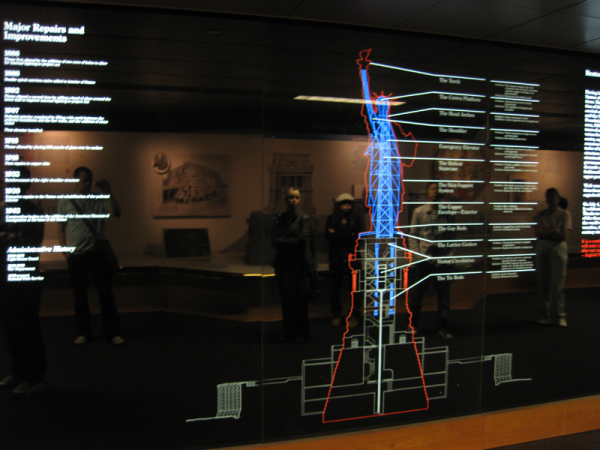
The Statue of Liberty
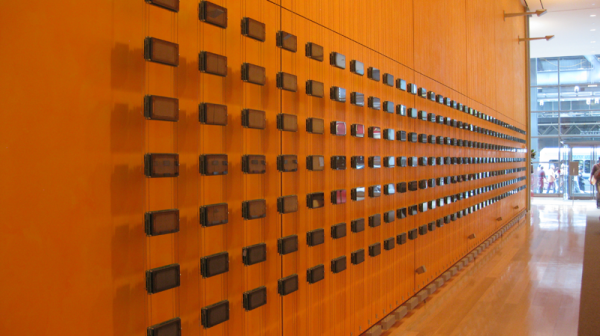
‘Movable Type‘ in the the New York Times lobby (but it wasn’t switched on!)
TV
Whilst I didn’t have a lot of time to take in much US TV there were a few shows that caught my eye in how they communicated information. The first was Jim Cramer’s ‘Mad Money’ programme which is absolutely bonkers as it throws you into a whirlwind of facts, figures and graphs relating to US stocks and shares (the Kirk in Texas was not me pulling a prank by the way). The weather forecasts on all the major networks were similarly garish demonstrating a particular desire to employ as many fancy graphics as possible but in the process communicating a fairly limited amount of information.


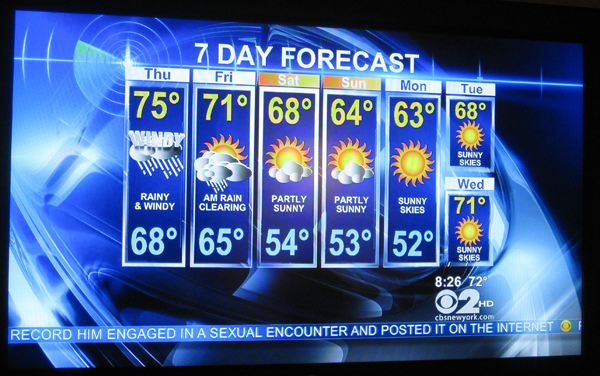
Sports
Continuing the TV theme but this time relating to sports. American sports are typically statistic-rich events and, whilst I’m not intimately familiar with the intricacies of the sports themselves, the TV broadcasters appear to do a great job in keeping the viewers up to date with all the pertinent facts, figures and punditry analysis. The availability of vast swathes of information is not left to just armchair viewing either and my experience at the Yankees game reinforced the wonderful depth of analysis available with these sports.
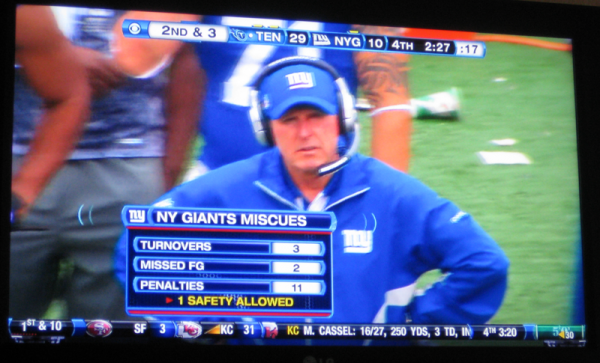
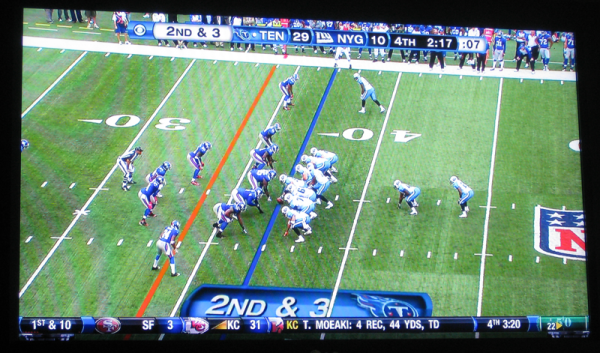
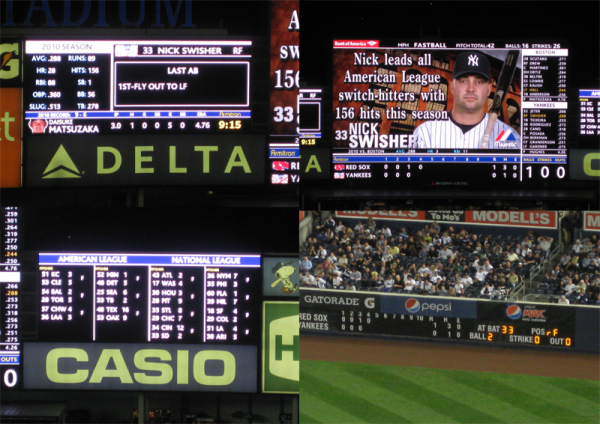
Outdoor Displays and Advertising
Nowhere in the world demonstrates the challenges, innovations and alternative platforms for advertising like New York and in particular Times Square. As a visitor you are literally bombarded with hundreds of simultaneous displays vying for your attention (and ultimately action). It is quite an experience, particularly at night. Throughout the city you are only a few glances away from some informative message, be it an electronic ticker-tape at NBC studios updating you on stock performances or a guide to the range of books available in the summer outdoor library in Bryant Park. It is quite a place.
